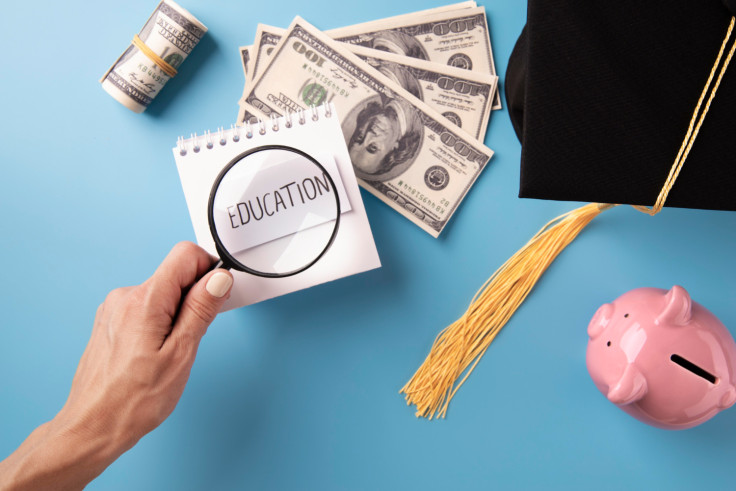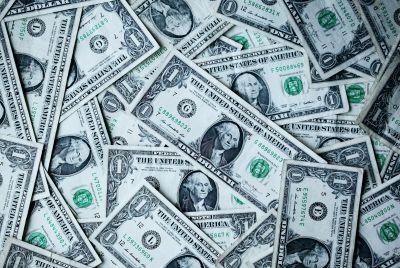US Education Department Restarts Student-Loan Forgiveness for Borrowers on Income-Based Repayment Plans
Many could opt out of the relief to save thousands of dollars in taxes

US student-loan borrowers on income-based repayment (IBR) plans could see their debts paid off after the Education Department resumed a forgiveness program after months of pause.
Last week, many of these borrowers started receiving emails from the department, notifying them they qualify for debt cancellation.
The emails, which were reviewed by multiple media outlets, had the subject line: 'You're eligible to have your student loan(s) discharged.'
The emails further stated that the department is working with the borrower's servicer to process the relief over the coming months. The Education Department will also send their discharge details to the servicer after 21st October.
Income-based repayment plans provide borrowers a monthly payment schedule that is affordable based on their income, promising loan forgiveness after 20 or 25 years. Federal Student Aid data showed that there are 2 million borrowers enrolled in this plan as of Q2, meaning that a majority of them could see their loans waived off in due course of time.
The department paused relief through IBR in July, citing in a Federal Student Aid notice that the department required more time to ensure payment counts are accurate.
'Your loan servicer will notify you if and when your IBR discharge has been processed. It may take some time for your loan servicer to process your discharge and for your account to reflect this change. Most borrowers will have their discharge processed within two weeks, but for some borrowers, processing could take more time,' according to the emails being sent to borrowers.
However, borrowers seeking to opt out of the IBR loan forgiveness scheme must do so by 21st October by getting in touch with their loan servicer and mentioning that they do not want the relief.
According to the Education Department, one reason borrowers might want to opt out of the relief is to avoid a state tax liability. Note that those who opt out will have to continue making payments on their outstanding debts.
There is an urgency for loan forgiveness to be processed before 2025-end. Borrowers who receive debt relief could be liable to pay thousands of dollars in tax bills after 1st January, 2026, as a 2021 provision in the American Rescue Plan, which made forgiveness tax-free, is nearing expiry.
Although IBR relief processing has begun, the Trump administration is continuing to work on limiting future forgiveness and overhauling student-loan repayment. The Education Department recently concluded its first week of negotiations on the repayment modifications in US President Donald Trump's 'big beautiful' spending law on 3rd October, which included eliminating existing income-driven repayment plans.
The Trump administration is also expanding its ombudsman's office to notify borrowers of their repayment options, aiming to shift the focus away from debt relief. It comes after the department resumed collections on defaulted student loans recently after a five-year pause.
'Unlike the previous Administration's focus on loan forgiveness, the Trump Administration is taking action to implement meaningful and necessary enhancements to the way student loans are serviced to better serve borrowers and American taxpayers,' James Bergeron, acting head of Federal Student Aid, said last month.
© Copyright IBTimes 2025. All rights reserved.

















